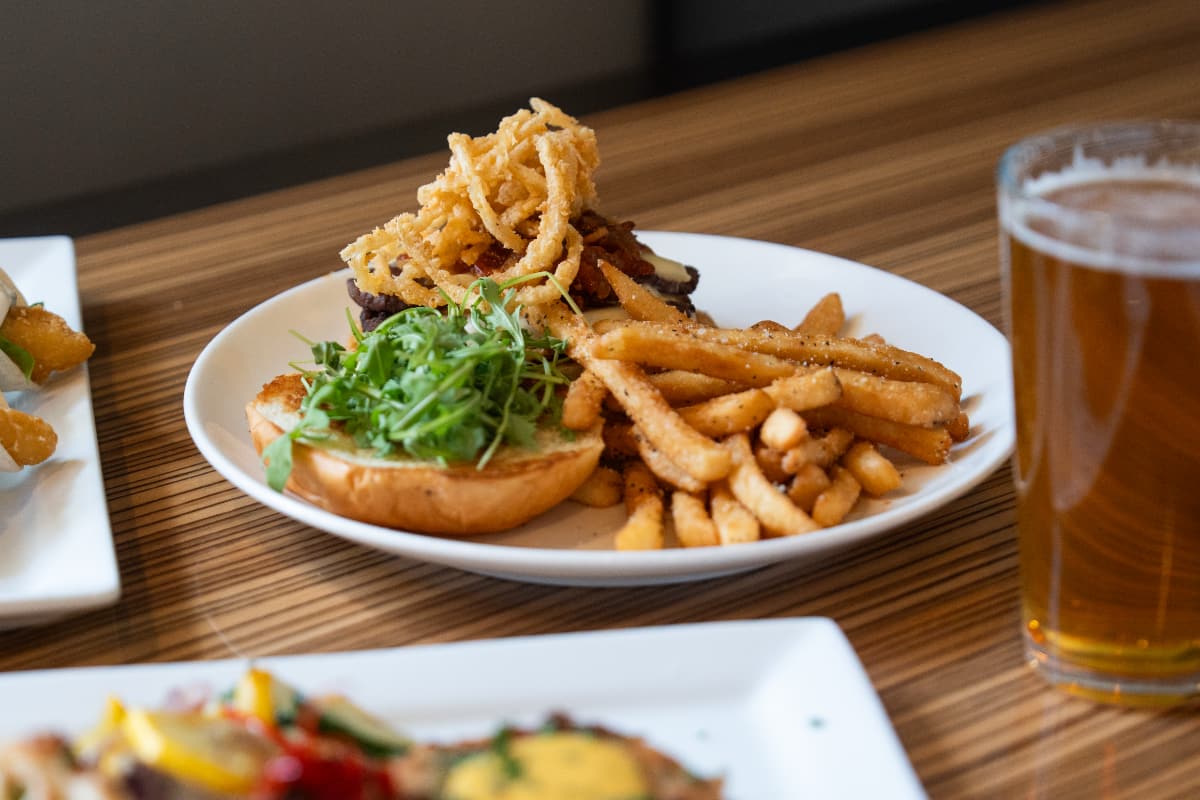Before Europeans settled the Americas, the Native Americans had their own system of understanding time and weather sequence. It didn’t involve clocks, dates, or calendars. Instead, these ingenious people developed structure around the moon. Each month’s full moon had its own name, revealing season, weather and agriculture trends to the native tribes. July’s full moon was given several different descriptions by different tribes, all with excellent reasoning.
Thunder Moon
Various native tribes dubbed July’s full moon as the Thunder Moon. As an alert of the many thunderstorms developed from the increasing heat, the Thunder Moon appeared to forewarn Native Americans of frequent and calamitous weather.
Buck Moon
For Algonquin tribes, July’s full moon possesses the name Buck Moon. Deer antlers begin maturing during the month of July, so this name offered insight into the growth patterns of a prime source of food, clothing and tools within this native community.
Ripe Corn Moon
After viewing July’s full moon, Cherokee tribes knew that their crops of corn were ripe and ready for roasting. However, the Ripe Corn Moon also prompted stick ball games, dances and festivals that were held during this time of the year.
No matter how you denote July’s full moon, you can catch a glimpse of it in 2017. The moon will rise around 7:30pm on July 8th, and will reach the fullest phase around midnight on July 9th. The Thunder, Buck and Ripe Corn Moon will be gone for another year after 6am on July 9th, so catch this beauty while you can! The best view for the show is obviously the St. Louis rooftop bar at none other than the Moonrise Hotel. We hope to see you there!






